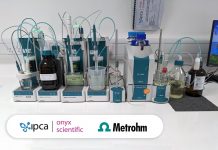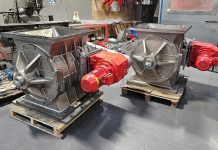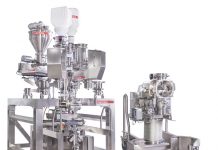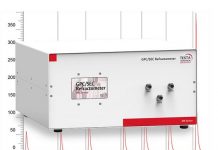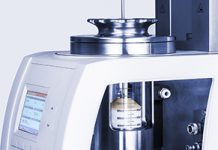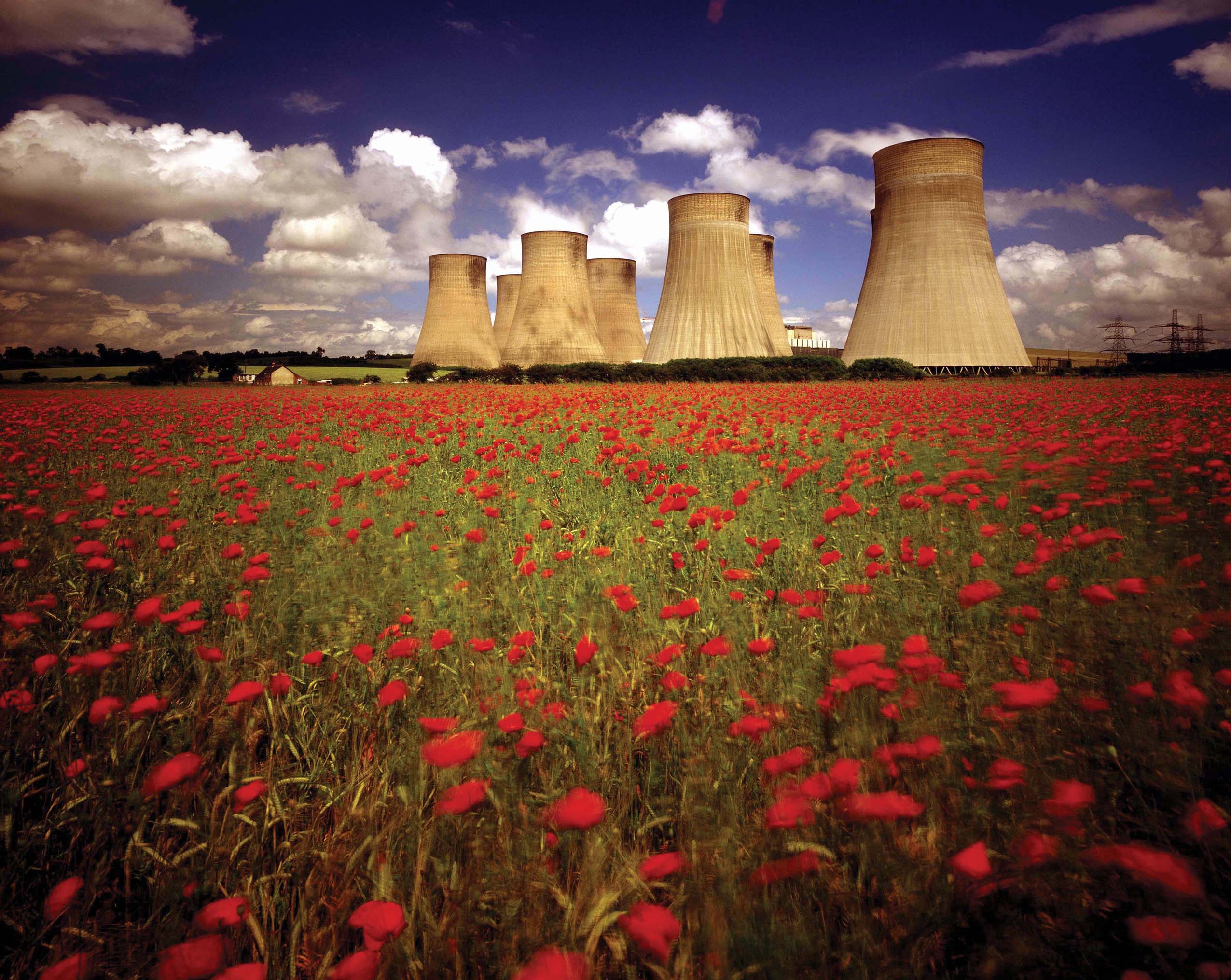A UK university team is helping to investigate ways to improve monitoring of carbon capture and storage (CCS) sites, work that has implications for the chemical industry as it increasingly embraces the technology.
The University of Bristol seismologists are part of a new international collaborative research initiative funded by the UK Carbon Capture and Storage Research Centre, which recently got under way at the CMC Research Institute field research station in Alberta, Canada. The collaboration aims to improve monitoring for CCS sites where carbon dioxide (CO2) is captured as it is produced – for example at a power station, chemical plant or oil well – then injected deep below the surface to be stored permanently in geological formations.
The aim of CCS is to prevent CO2 being released to the atmosphere, thereby mitigating climate change and many chemical companies are considering its potential application as a way of improving their environmental performance. Storage reservoirs are usually more than 1.5km deep so sophisticated monitoring methods, such as geophysical and geochemical surveys, are required to ensure the CO2 remains at this depth. Dr Anna Stork, Dr Anna Horleston and Professor Michael Kendall from the Bristol University Microseismicity Projects group in the School of Earth Sciences have been installing specialist equipment at the site, located 20km southwest of Brooks, Alberta, Canada, in affiliation with the University of Calgary.
Dr Stork’s project will see a total of seven broadband seismometers installed at distances ranging from 200m to three kilometres from the site’s two injection wells. She said: “The extremely sensitive seismometers will detect local microseismic events, some so small their energy is the equivalent of a pad of paper falling off a desk. They are also capable of recording large earthquakes occurring on the other side of the world. “ Barring any power or equipment failures, the seismometers will run continuously for the next year with data used to map the underground structures in the area.
Dr Stork said: “We haven’t previously had the opportunity to study any CO2 injection this shallow and working out what happens if CO2 gets to these depths and how you can detect it is very important. We need to determine what methods are most suitable for monitoring at shallow depths.” Don Lawton, Director of CMC’s Containment and Monitoring Institute and a professor of geophysics at the University of Calgary, said that the work will help advance research to ensure CO2 can be stored securely in large-scale CCS operations. He said: “By sharing data and results researchers will be able to offer industry and government regulators best codes of practice for the long-term monitoring of stored CO2.”



